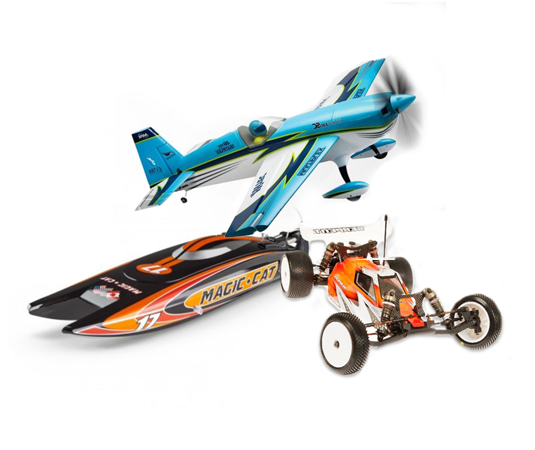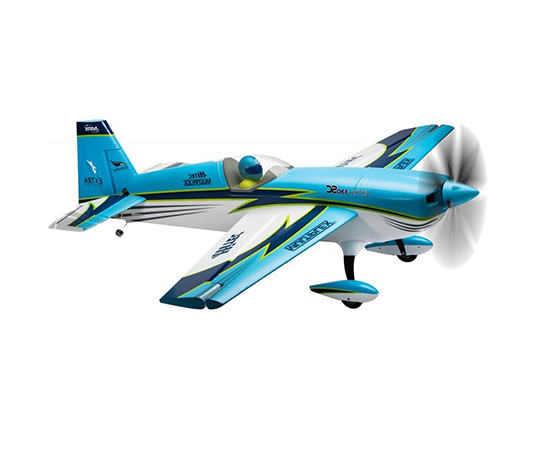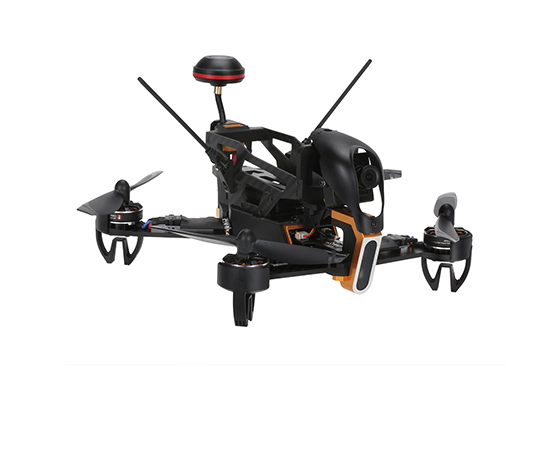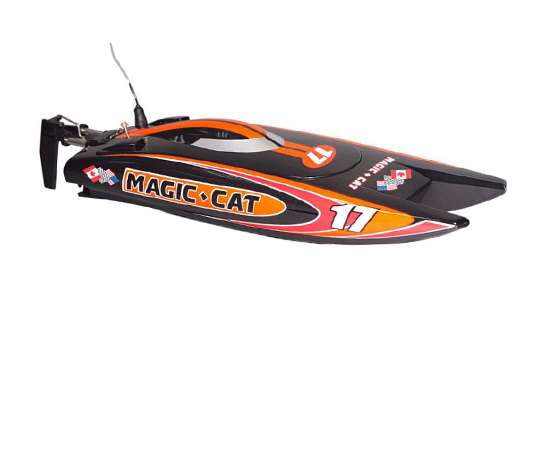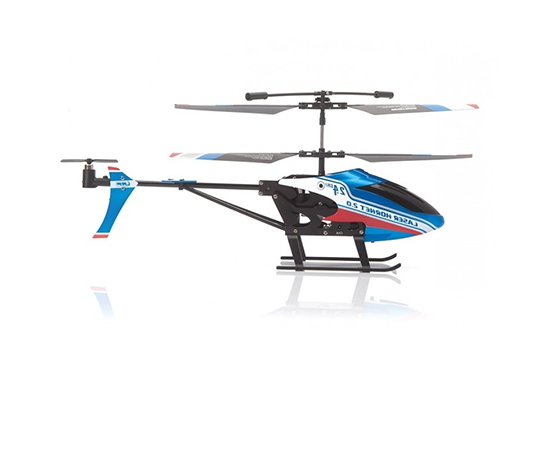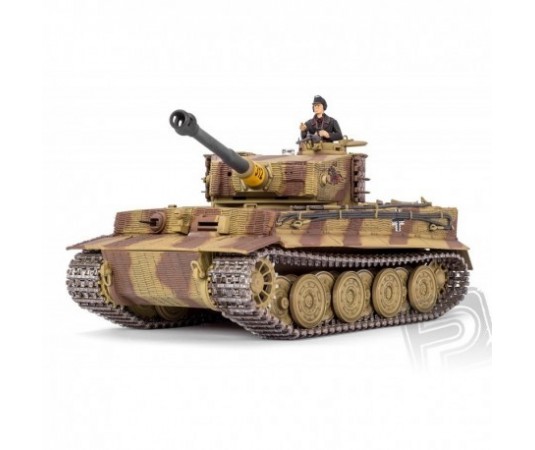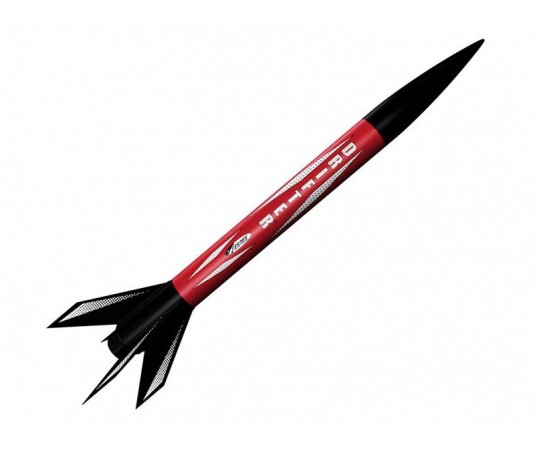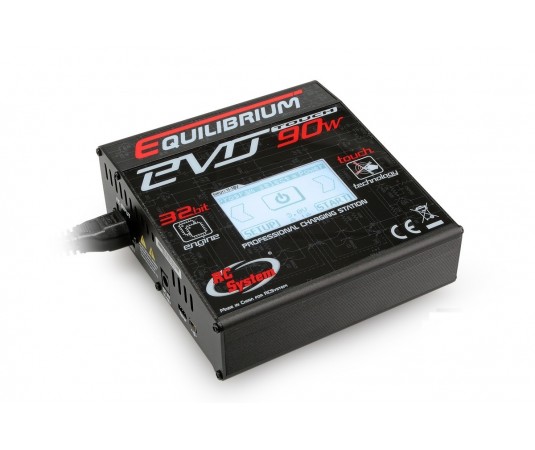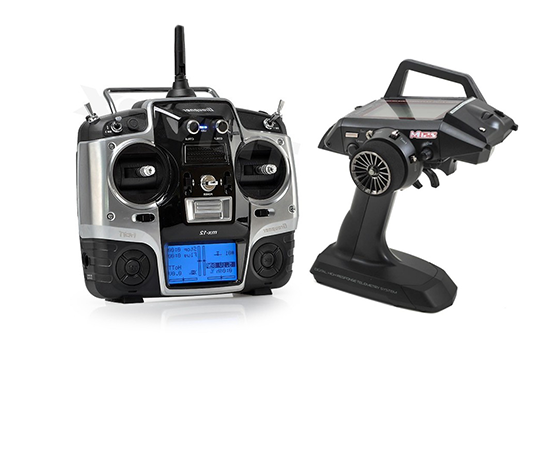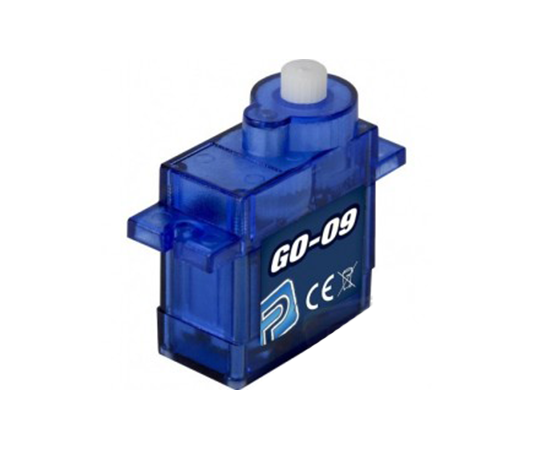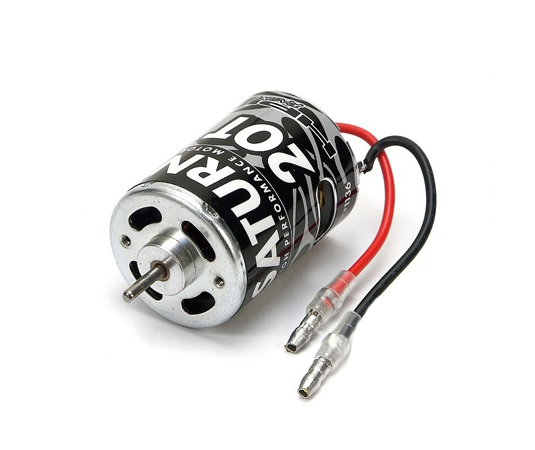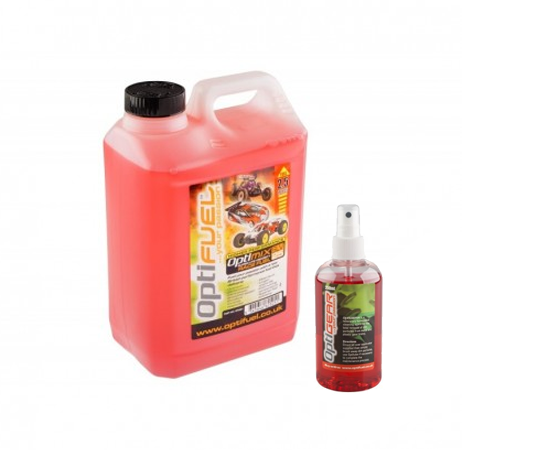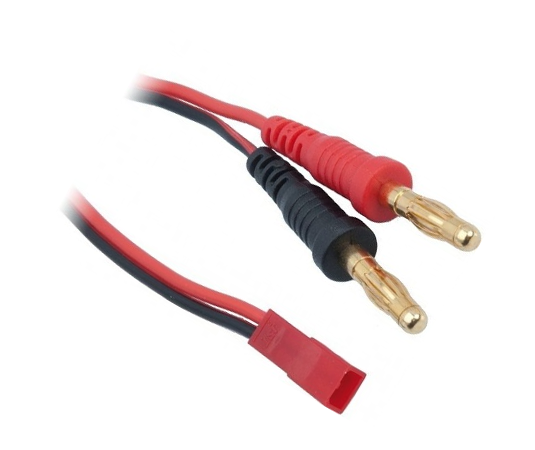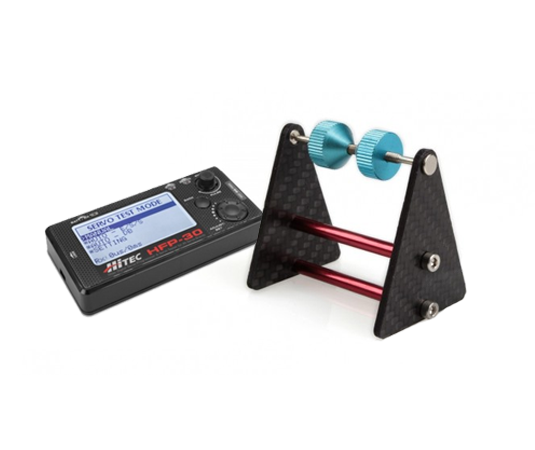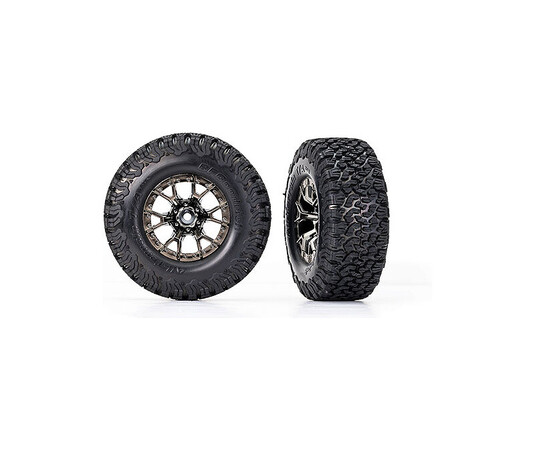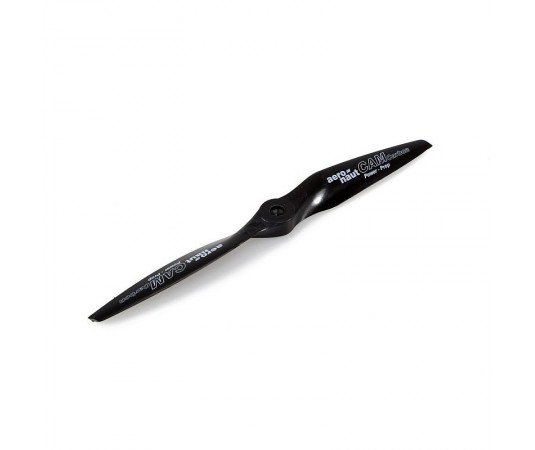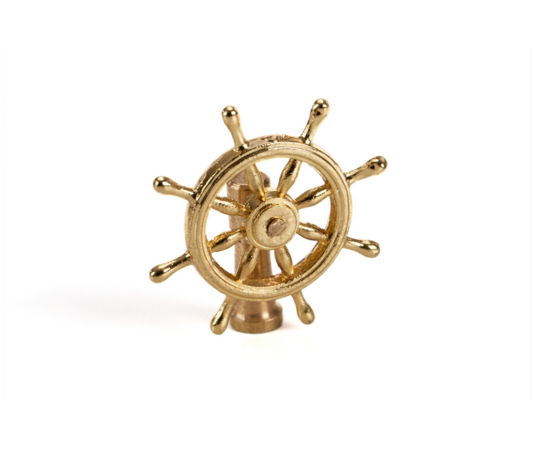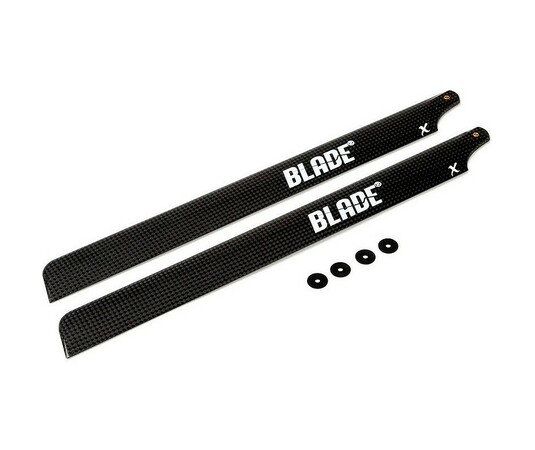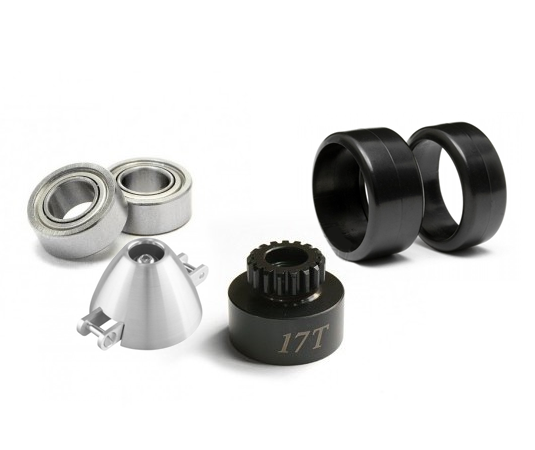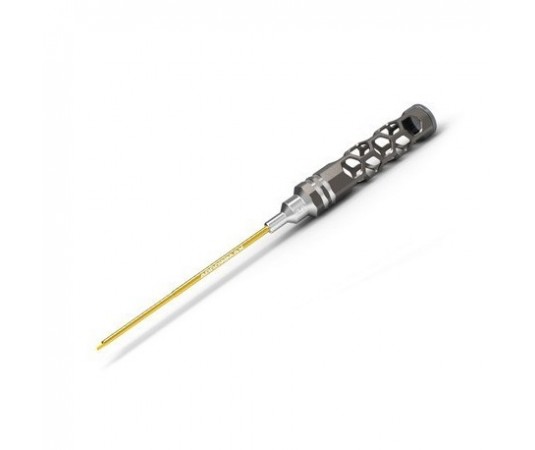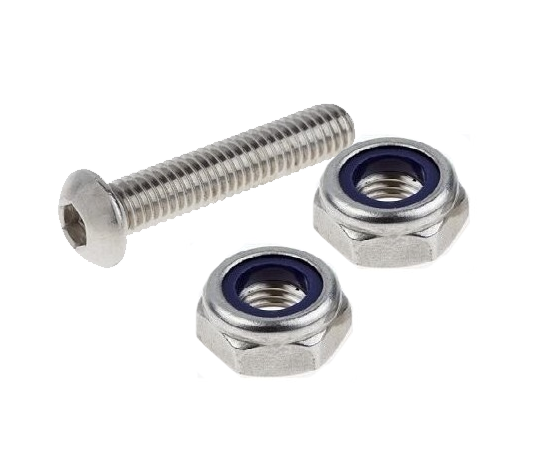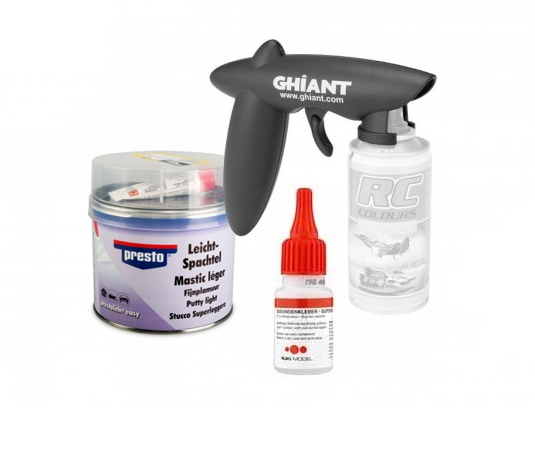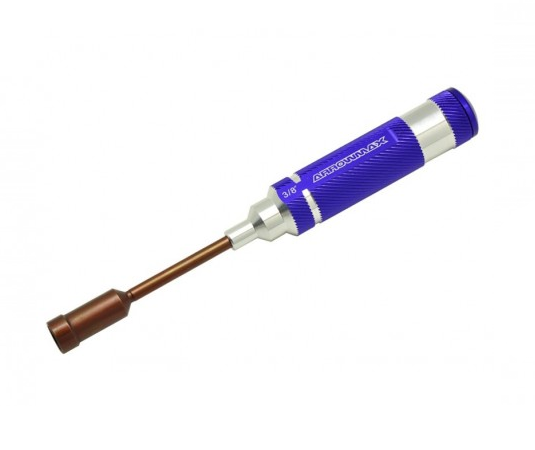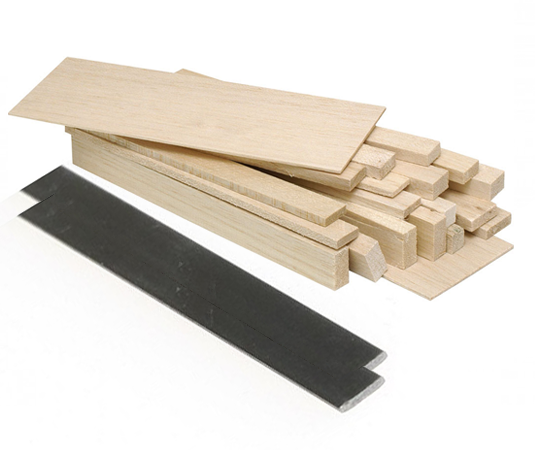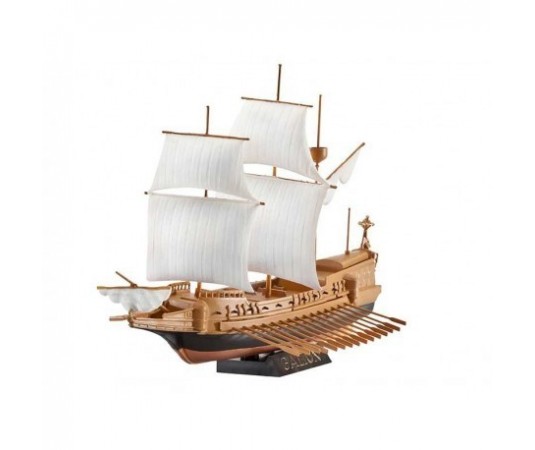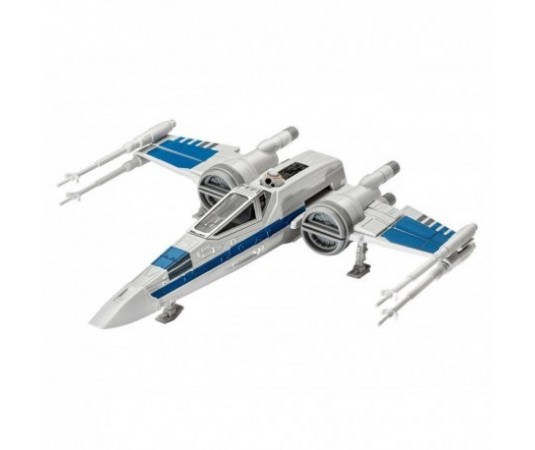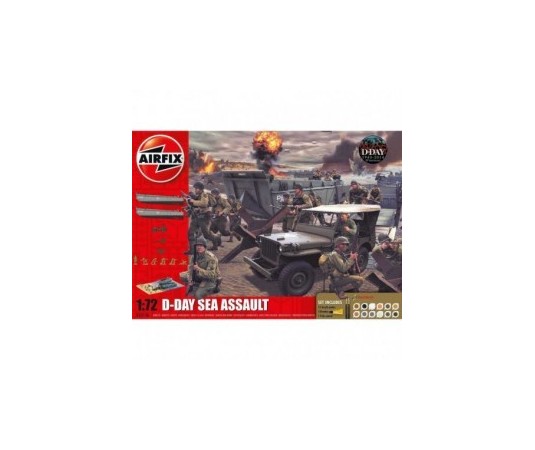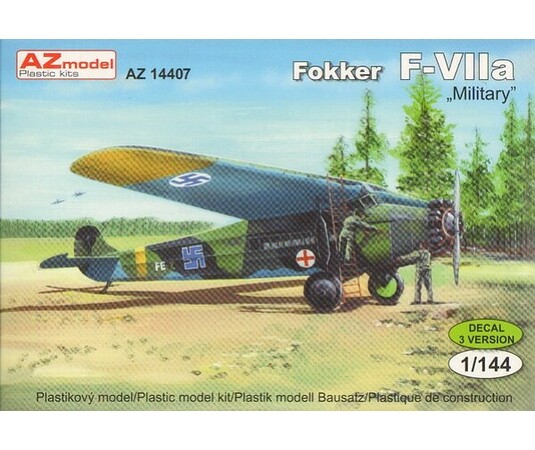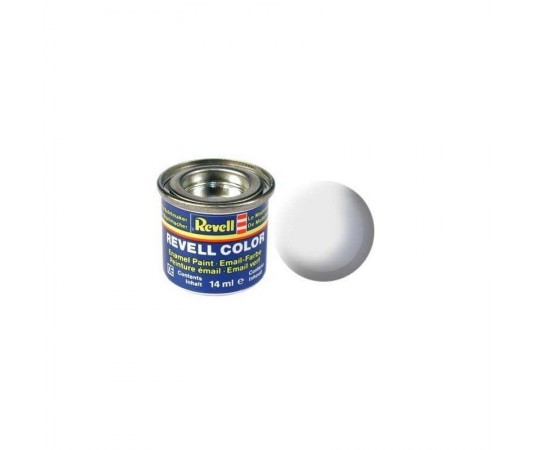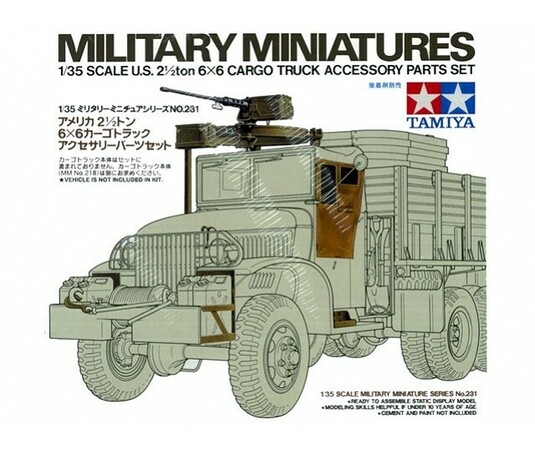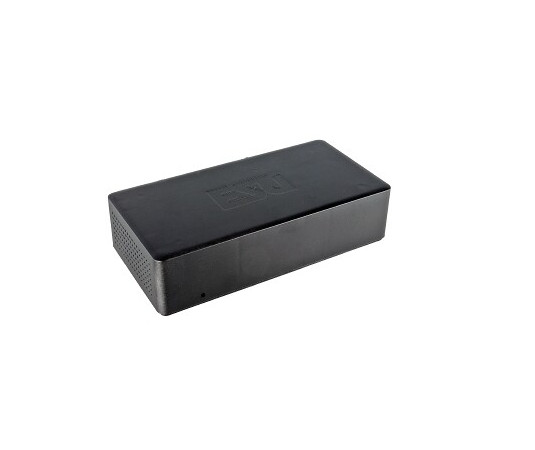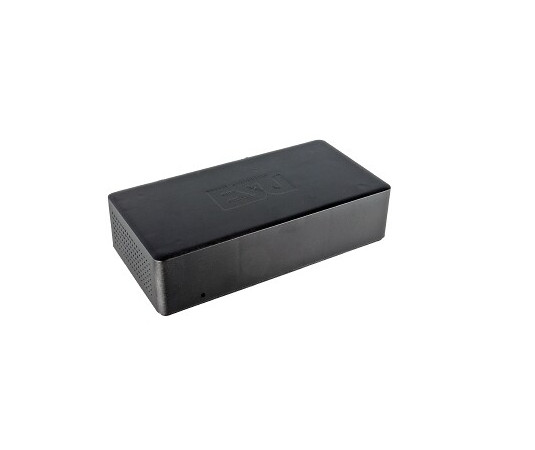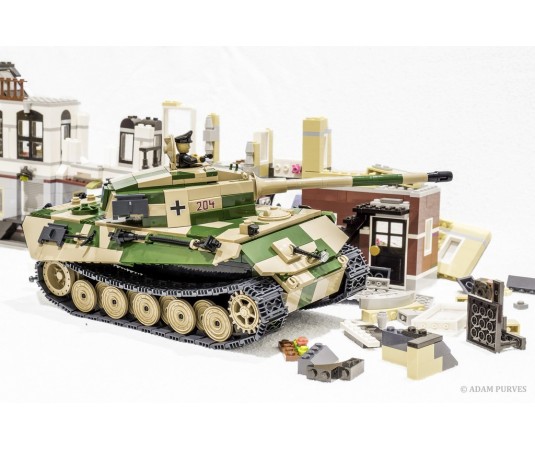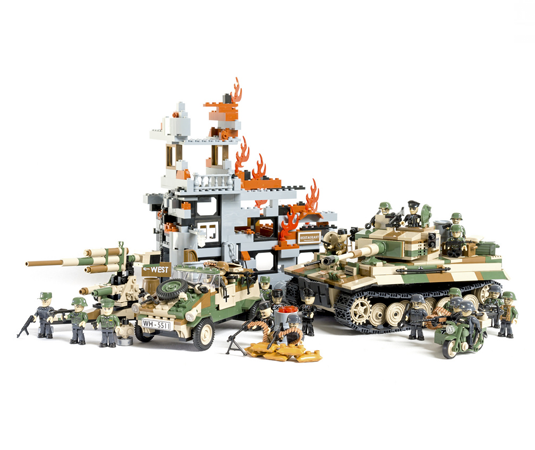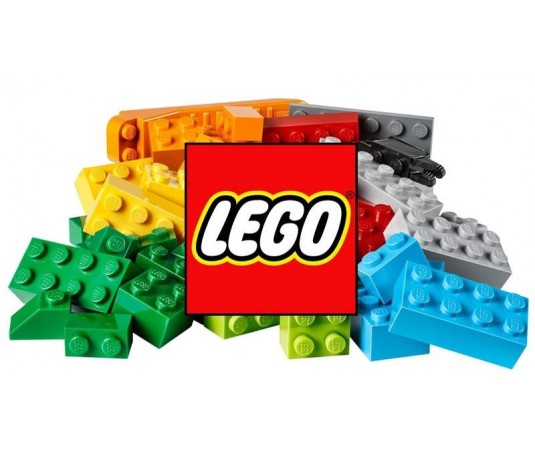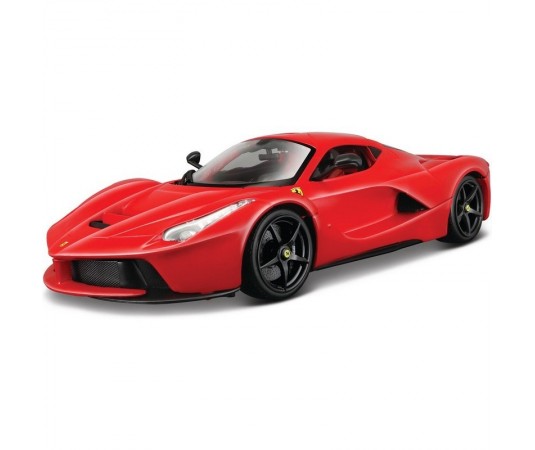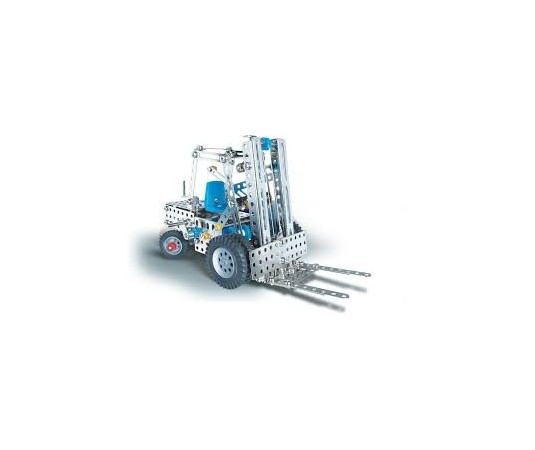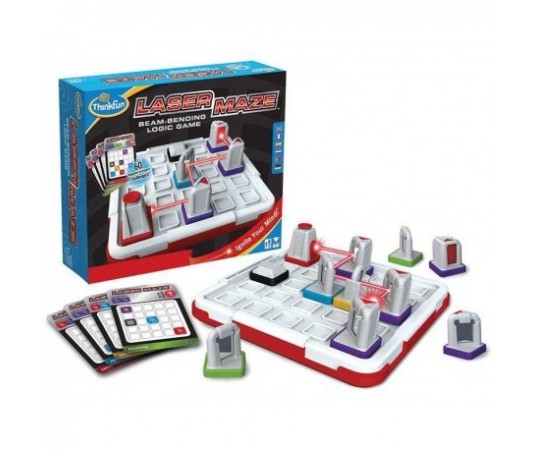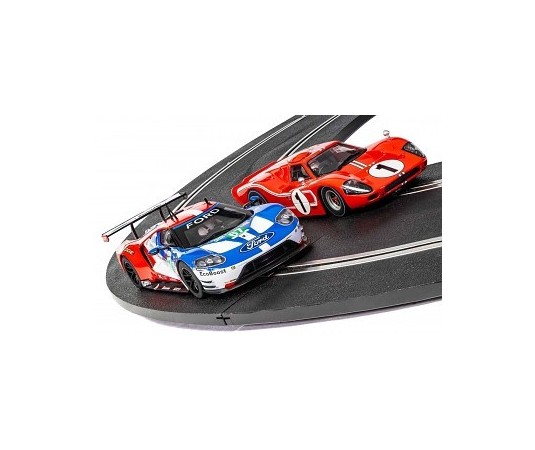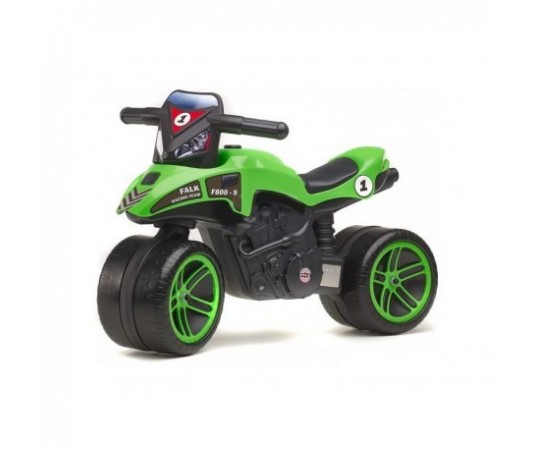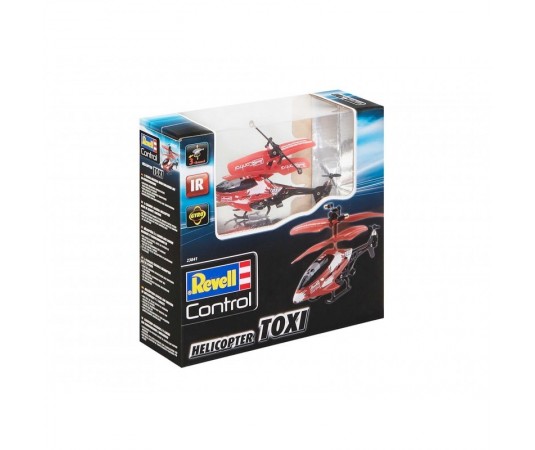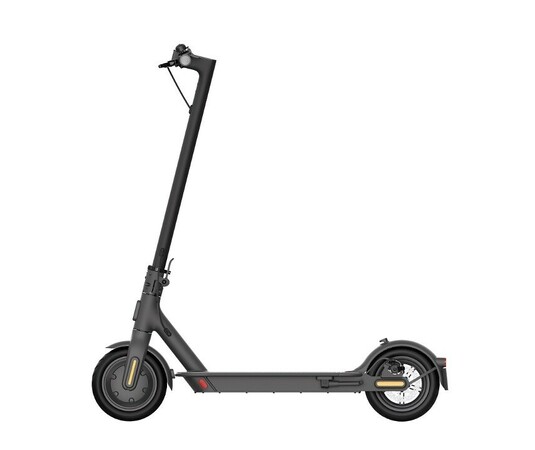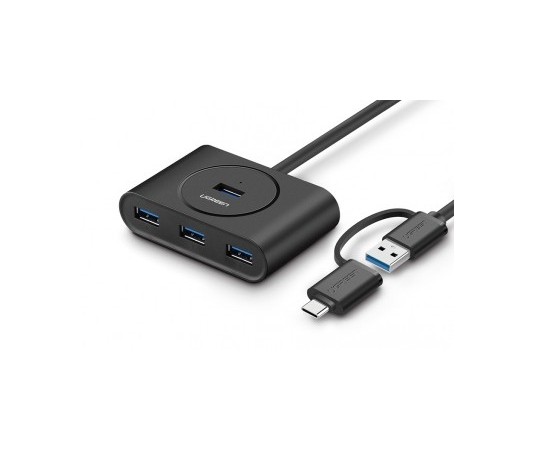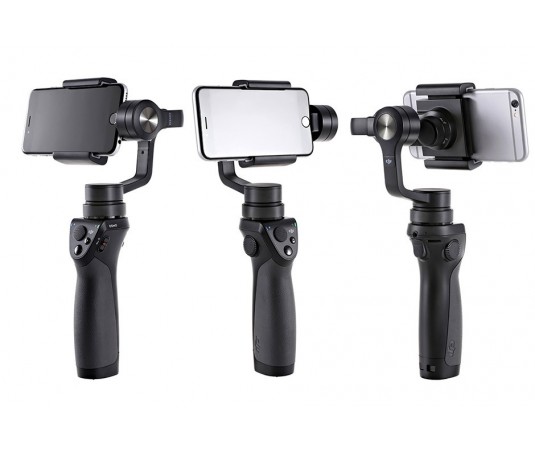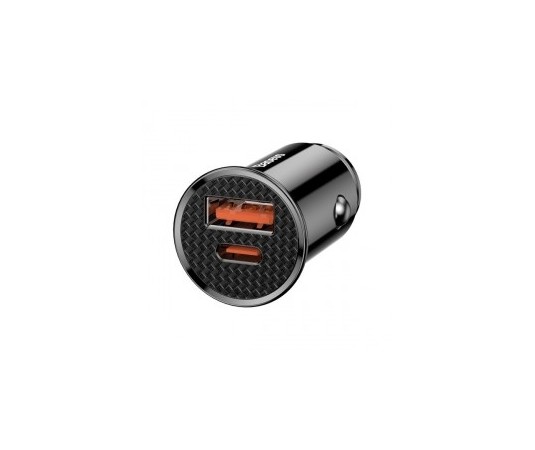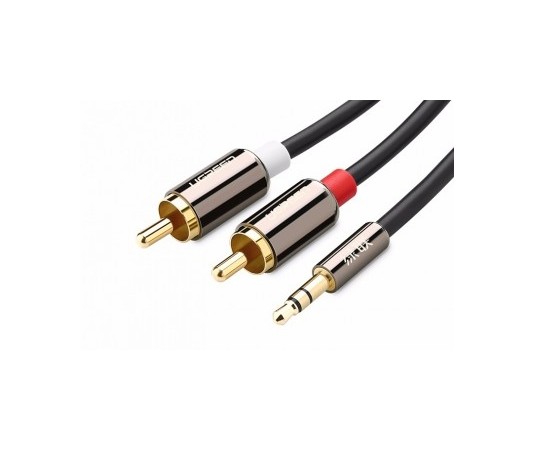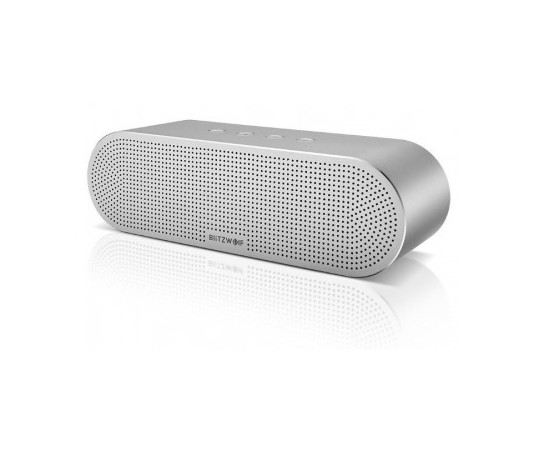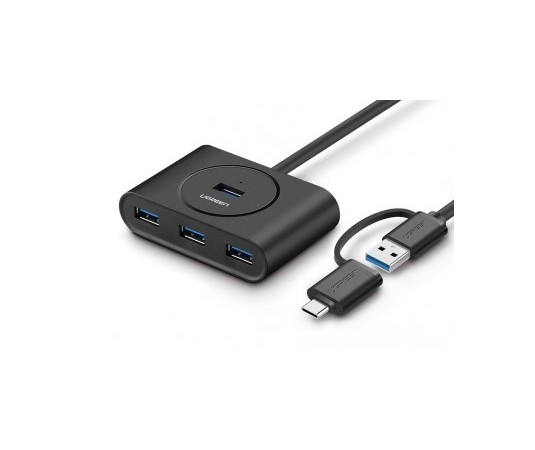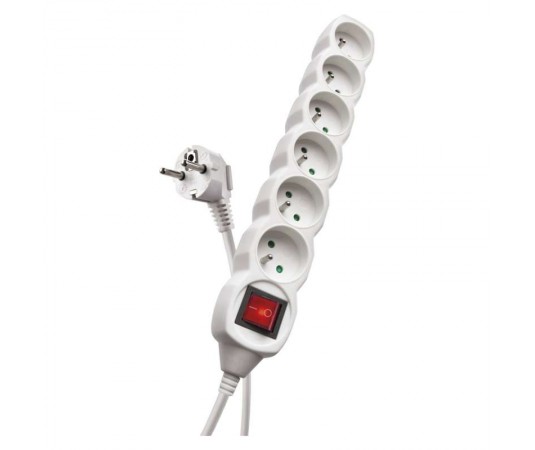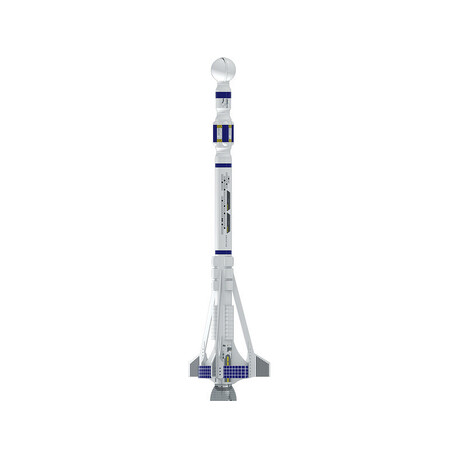- -1.02 €
Estes Destination Mars - Mars Longship Kit

Express delivery

Large selection of carriers

Satisfaction guarantee
Package contents
The package contains: tubes, tip, parachute, engine holder, stabilizers, stickers, mock-up elements, instructions CZ, manual EN, manual for gluing.
Characteristics
Stunning kit of the Estes Destination Mars rocket model - Mars Longship Kit, for the D and E series rocket engine. Build your own rocket model, on the way to Mars. The rocket rises to a height of 152 meters and lands safely on the ground thanks to a parachute.
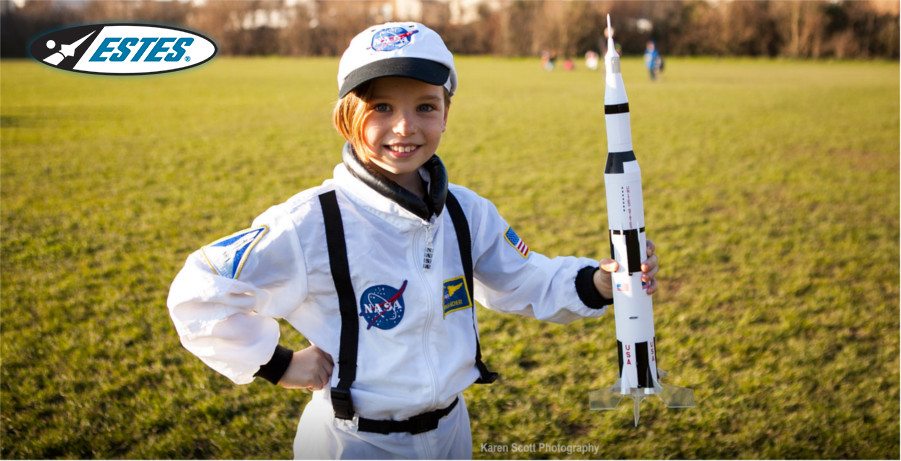
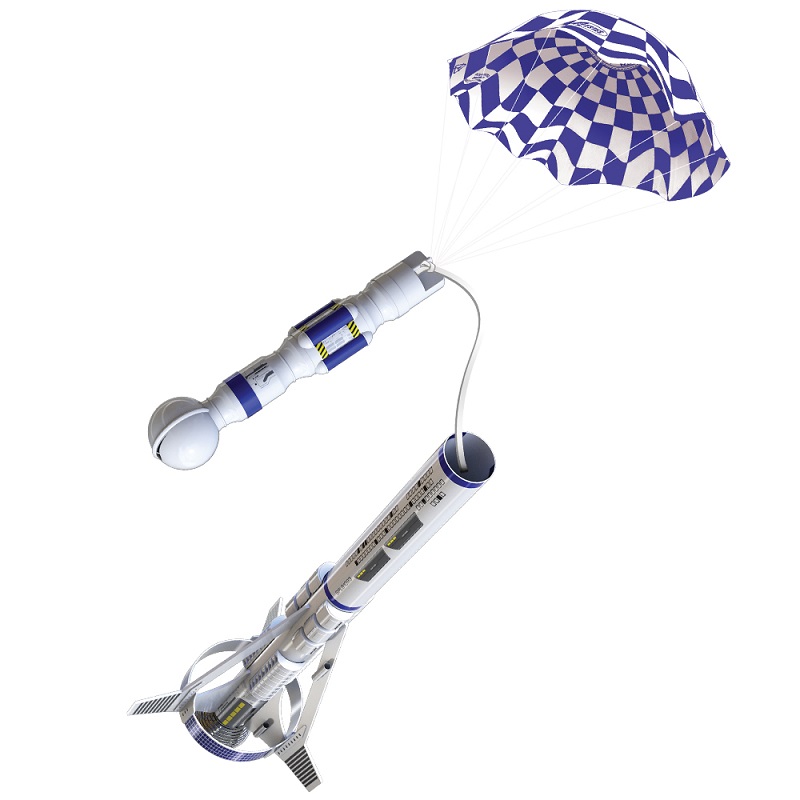
Estes Destination Mars - Mars Longship Kit
The Mars Longship Long model, scheduled to be deployed in 2052 to support an expanding base on Mars, will be designed to deliver important supplies and an explorer from Earth to Mars orbit and complete a circuit between planets every 18 months.

Difficulty of building a rocket
Rockets of construction difficulty 3 are designed for more skilled modelers. There are more laser cut parts in the set. The body of the rocket requires finishing work. The rocket has a well-thought-out complex design and a nose cone made of plastic or balsa. Requires intermediate skills in model design and rocket finishing. Instructions are included. Assembly may take several days.
The assembled model must be painted - we recommend using acrylic spray paints. You can buy spray paints from us or in stores with paints and varnishes. Information on construction and firing can be found in this article.
Rocket models
Phases of flight
- Ignition of the engine - the propellant ignites the propellant mixture in the engine . The required direction of flight is ensured by the guide rod of the launch pad, on which the rocket is slid.
- Thrust and acceleration - the rocket is powered by the reactive power of the rocket engine.
- Combustion of the propellant mixture - as soon as the propellant mixture burns, the delay mixture begins to burn, which produces a large amount of smoke . This is used to monitor the flight of the rocket. The fast-moving rocket is now starting to slow down.
- Peak flight and ejection - after the delay mixture burns out, the ejection mixture is ignited, which activates the rocket return system.
- Return system - is most often implemented using a parachute, ribbon, or so-called heli-blade.
- The last phase is to hit the rocket on the ground.
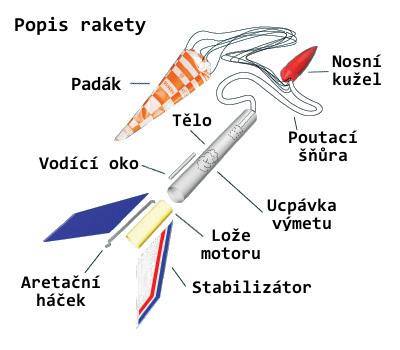
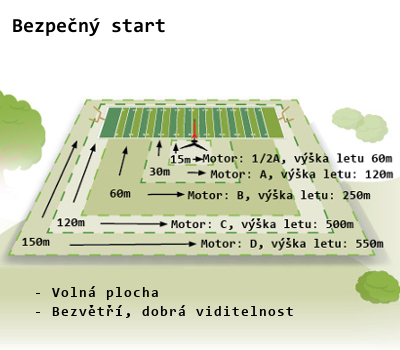
We recommend buying
To launch and fly a rocket, you need to buy:
- torch engines,
- ejection seal (used to protect the parachute),
- and a launch pad.

Rocket engines
Engine igniters and seals are included in the engine package, unless otherwise stated. Estes engines are equipped with electric igniters, designed to be ignited via the launcher. The rocket can be fitted with Klima engines with conventional fuses or electric igniters. More information on rocket engines can be found in the rocket engine overview.
Recommended engines for this rocket: D12-3, E12-4. < / p>
Note: Estra rocket motors are not sold by Astra.
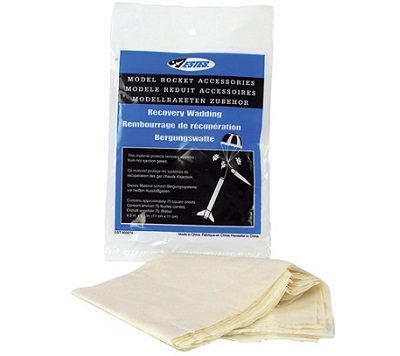
Sweep seal
The cotton swab seal is made of non-flammable fabric, its purpose is to prevent damage (burnout) of the parachute from the engine sweeper.
Launch pad
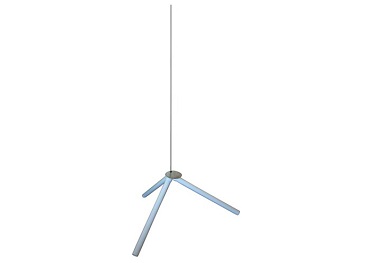
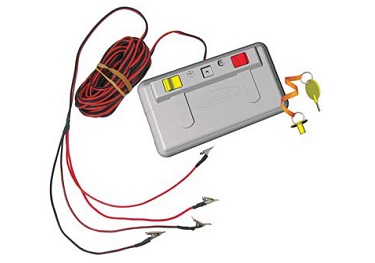
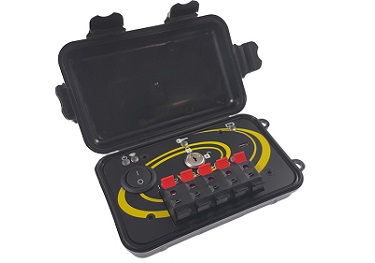

Assembly tools
To assemble the model, you will need: scissors, pencil, sandpaper, sanding block, model knife, universal glue, plastic glue and acrylic paints for possible painting. For comfortable cutting and protection of the table during assembly, we recommend a work mat.
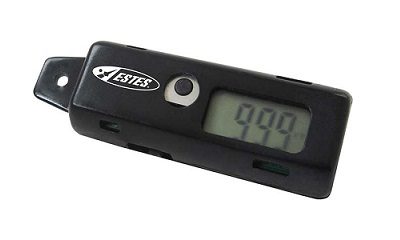
Flight altitude measurement
You can measure the achieved flight altitude of the rocket using a digital altimeter, which is inserted into the rocket. You can use a sextant to measure height from the ground.


